Search Images
Browse Content (p. 1725)
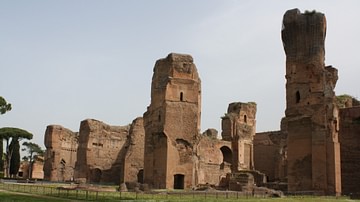
Image
Baths of Caracalla
The Roman baths complex in the south of Rome known as the Baths of Caracalla were probably commissioned by Septimius Severus but were opened by his son Caracalla in 216 CE and finished c. 235 CE. They are one of the best preserved bath complexes...

Image
Gilded Bronze Hercules
A colossal gilded bronze statue of Hercules, 2.41 m high. 2nd century BCE. (Capitoline Museums, Rome)
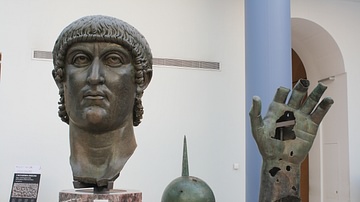
Image
Constantine I Colossus
The head, hand and sphere (symbol of power) from the colossal bronze statue of Constantine I, 4th century CE. The head alone is 1.77 m high. (Capitoline Museums, Rome).
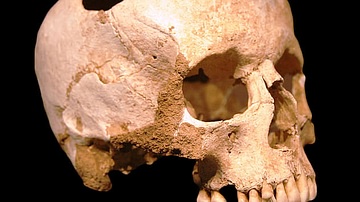
Image
Skull with Trephination
A Neolithic (3500 BCE) skull showing evidence of a trephination operation - the removal of a part of the cranium to relieve pressure, used as a medical treatment for a variety of ailments from migraines to mental illness. The treatment was...
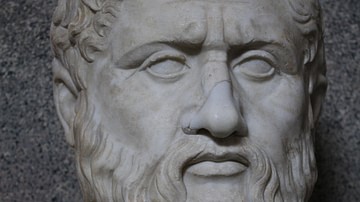
Image
Plato
Bust of the Greek philosopher Plato, mid-1st century CE copy from a 4th century BCE original statue by Silanion. (Vatican Museums, Rome).
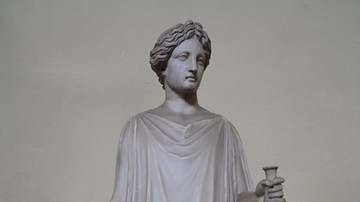
Image
Greek Peplos Dress
A Roman period statue of possibly Kore-Persephone, the daughter of Demeter. The head in fact is restored after a head of Apollo. She is sculpted in the style of 5th century BCE Greek statues and is wearing a peplum, a common type of Greek...
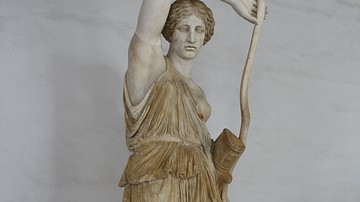
Image
Wounded Amazon
A marble statue of a wounded Amazon. From an original by 5th century BCE Greek sculptor Phidias. Head: replica of that of the Amazon by Polykleitos. Provenance: Villa d'Este, Tivoli. (Capitoline Museums, Palazzo Nuovo, Rome)
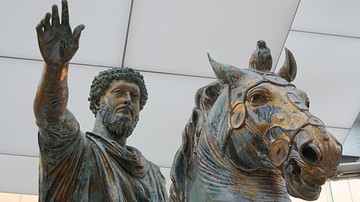
Image
Marcus Aurelius Equestrian Statue
A bronze gilded statue of Roman emperor Marcus Aurelius, larger-than-lifesize and most probably erected in 176 CE and placed in Rome, perhaps in the Forum. (Capitoline Museums, Palazzo dei Conservatori, Rome).
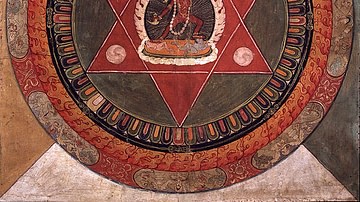
Image
Tibetan Star Mandala
A 19th century CE Tibetan mandala, a tool used in some Buddhist schools and also in Hindu and Jain tradition. Mandalas are ritual images designed to facilitate different psychophysical practices such as meditation.
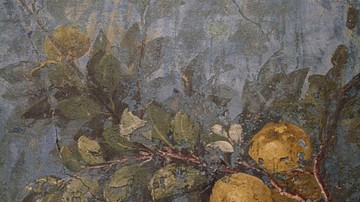
Image
Fresco, Livia's Villa, Rome
A detail of the garden fresco from the winter triclinium (dining room) from the Villa of Livia, wife of Augustus, Rome. The life-size representations of trees, flowers, fruit and birds decorate all four walls of the room to create a continuous...